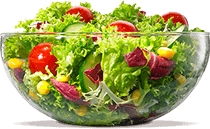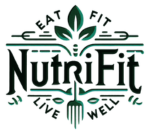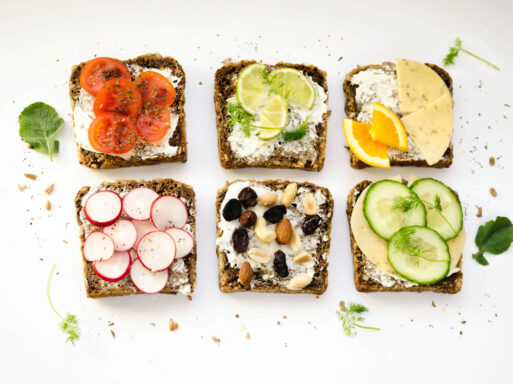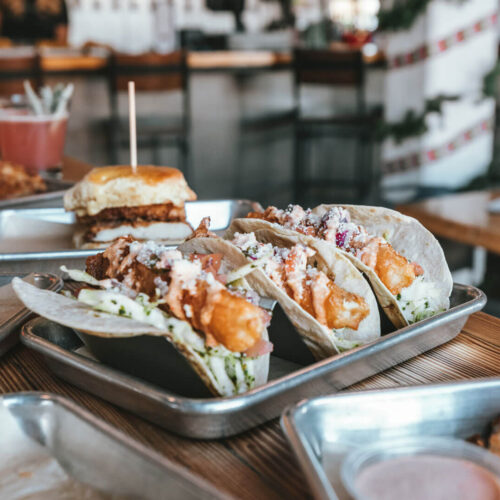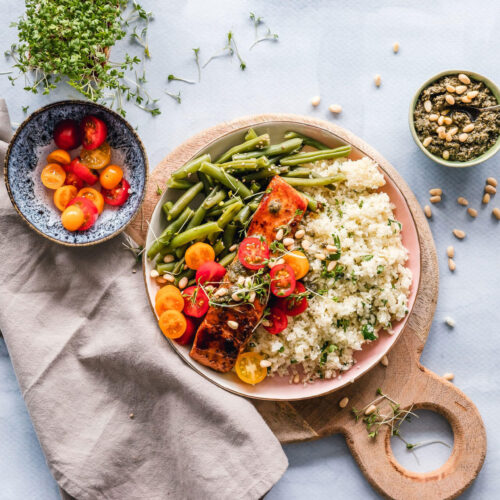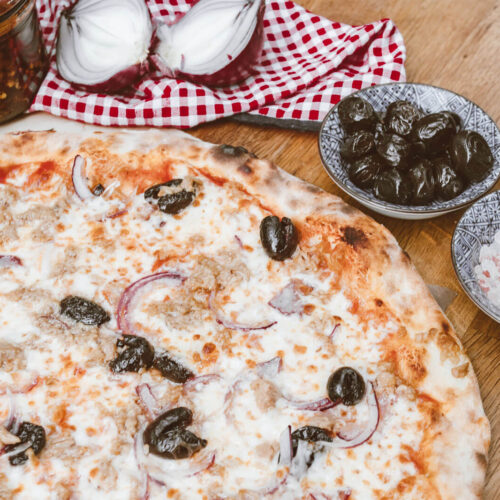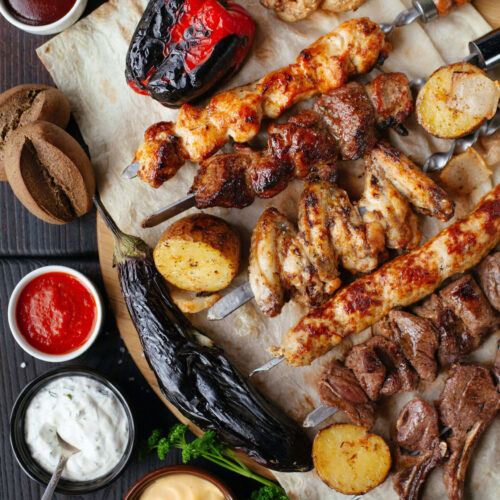Struggling to pick the right meal plan? Learn how to choose the best diet for weight loss, muscle gain, or overall health—tailored to your body goals!
Choosing the right meal plan is crucial for achieving your fitness and health goals—whether you want to lose weight, build muscle, improve endurance, or simply maintain a balanced lifestyle. With so many diets and nutrition plans available, finding the best one can be overwhelming.
In this guide, we’ll break down how to select the perfect meal plan based on your body goals, ensuring long-term success and sustainability.
1. Define Your Body Goals Clearly
Before picking a meal plan, ask yourself:
- Do I want to lose fat? (Calorie deficit + high protein)
- Do I want to gain muscle? (Calorie surplus + strength training)
- Do I want to improve athletic performance? (Balanced macros + hydration focus)
- Do I want better digestion & overall health? (High fiber + whole foods)
A weight loss meal plan differs greatly from a muscle-building diet, so clarity is key.
2. Calculate Your Calorie & Macronutrient Needs
Your meal plan should align with your Total Daily Energy Expenditure (TDEE). Use an online calculator to determine:
- Maintenance calories – To stay at your current weight
- Deficit calories – To lose fat (typically 300-500 calories below maintenance)
- Surplus calories – To gain muscle (300-500 calories above maintenance)
Macronutrient Breakdown:
- Protein: 0.7–1g per pound of body weight (more for muscle gain)
- Carbs: 40-60% of calories (higher for active individuals)
- Fats: 20-35% of calories (focus on healthy fats like avocados, nuts, olive oil)
3. Choose a Sustainable Diet Approach
Not all diets work for everyone. Pick one that fits your lifestyle:
- Mediterranean Diet – Heart-healthy, rich in fish, olive oil, and veggies
- Keto Diet – Low-carb, high-fat for quick fat loss
- Plant-Based/Vegan – Focus on whole grains, legumes, and plant proteins
- Intermittent Fasting – Time-restricted eating (e.g., 16:8 method)
- Flexible Dieting (IIFYM) – Tracks macros while allowing occasional treats
Pro Tip: Avoid extreme diets that cut out entire food groups unless medically necessary.
4. Prioritize Whole, Nutrient-Dense Foods
A good meal plan should include:
✅ Lean proteins – Chicken, fish, tofu, eggs, Greek yogurt
✅ Complex carbs – Quinoa, sweet potatoes, brown rice, oats
✅ Healthy fats – Avocados, nuts, seeds, olive oil
✅ Fiber-rich foods – Vegetables, fruits, legumes
❌ Minimize processed foods, sugary snacks, and refined carbs
5. Consider Your Schedule & Meal Prep Feasibility
- Busy professionals? Opt for quick, prepped meals (sheet-pan dinners, slow cooker recipes).
- Frequent travelers? Choose non-perishable snacks (nuts, protein bars, jerky).
- Cooking beginner? Start with simple recipes (stir-fries, smoothies, overnight oats).
Meal prepping saves time and prevents unhealthy last-minute choices.
6. Listen to Your Body & Adjust as Needed
- Track progress weekly (weight, energy levels, digestion).
- If a meal plan feels too restrictive, modify portions or food choices.
- Consult a nutritionist or dietitian for personalized adjustments.
7. Stay Hydrated & Monitor Results
- Drink at least 2-3 liters of water daily.
- Keep a food journal or use apps like MyFitnessPal to track intake.
- Adjust your plan if you hit a plateau or experience low energy.
Final Thoughts
The best meal plan is one that aligns with your goals, fits your lifestyle, and keeps you satisfied. Whether you’re cutting fat, bulking up, or just eating cleaner, consistency is key.
Start with small changes, track progress, and refine your diet as needed for long-term success!

